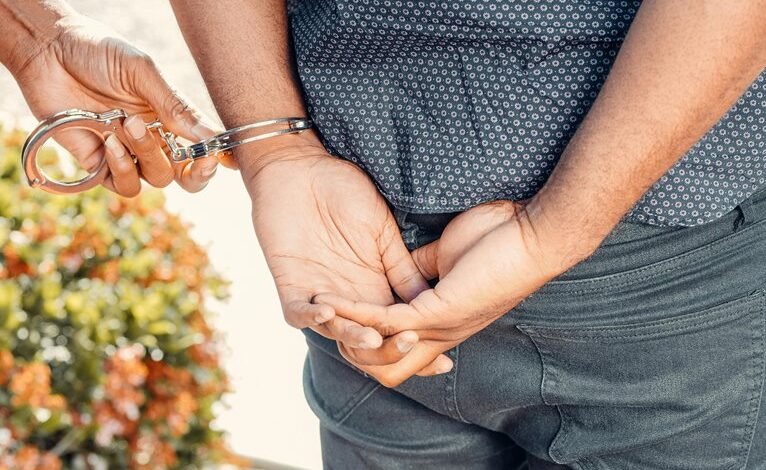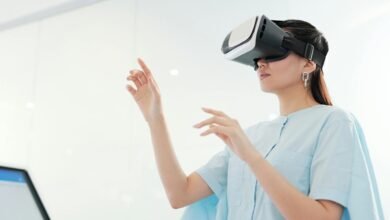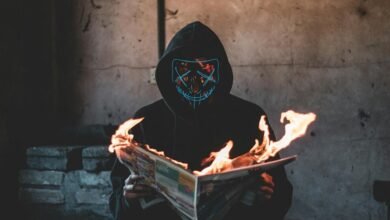Photoscompangante: How Images Affect the Judicial Process

The role of visual evidence in the courtroom is significant. Images can shape jurors' perceptions and sway their decisions. They often evoke emotional responses that may cloud judgment. Furthermore, the authenticity of such imagery raises ethical concerns. Manipulated visuals can distort the truth and impact verdicts. Understanding these dynamics is essential, yet many questions remain about the balance between powerful imagery and the pursuit of justice. What implications do these factors hold for future legal proceedings?
The Power of Visual Evidence in the Courtroom
Visual evidence possesses a significant influence within the courtroom, serving as a compelling tool that can shape jurors' perceptions and understanding of a case.
Its role in courtroom dynamics is paramount, as visual perception often overrides verbal testimony. Jurors are frequently swayed by images, which can enhance memory retention and comprehension, ultimately affecting their interpretations and decisions regarding the evidence presented.
Emotional Responses and Their Influence on Juror Decisions
Emotional responses play a pivotal role in shaping juror decisions, often functioning as a powerful counterbalance to the factual evidence presented during trials.
Jurors may exhibit emotional bias, swayed by their empathy towards victims or defendants, which can distort their interpretations of evidence.
This emotional engagement can significantly influence verdicts, highlighting the complexity of human psychology within the judicial decision-making process.
Ethical Considerations in the Use of Imagery in Legal Proceedings
While the use of imagery in legal proceedings can enhance the presentation of evidence, it raises significant ethical considerations that must be carefully examined.
Issues concerning image authenticity are paramount, as manipulated or misleading visuals can have profound legal implications.
The integrity of the judicial process hinges on ensuring that imagery used in court is both accurate and representative of the facts at hand.
Conclusion
In the intricate dance of justice, one might ironically find that the very images designed to illuminate the truth can cast shadows of bias and manipulation. While visual evidence is heralded for its clarity and emotional pull, it simultaneously risks distorting reality, leading jurors down a path shaped by perception rather than fact. Thus, the courtroom becomes a stage where the line between justice and illusion blurs, underscoring the necessity for vigilance in the ethical deployment of imagery.





